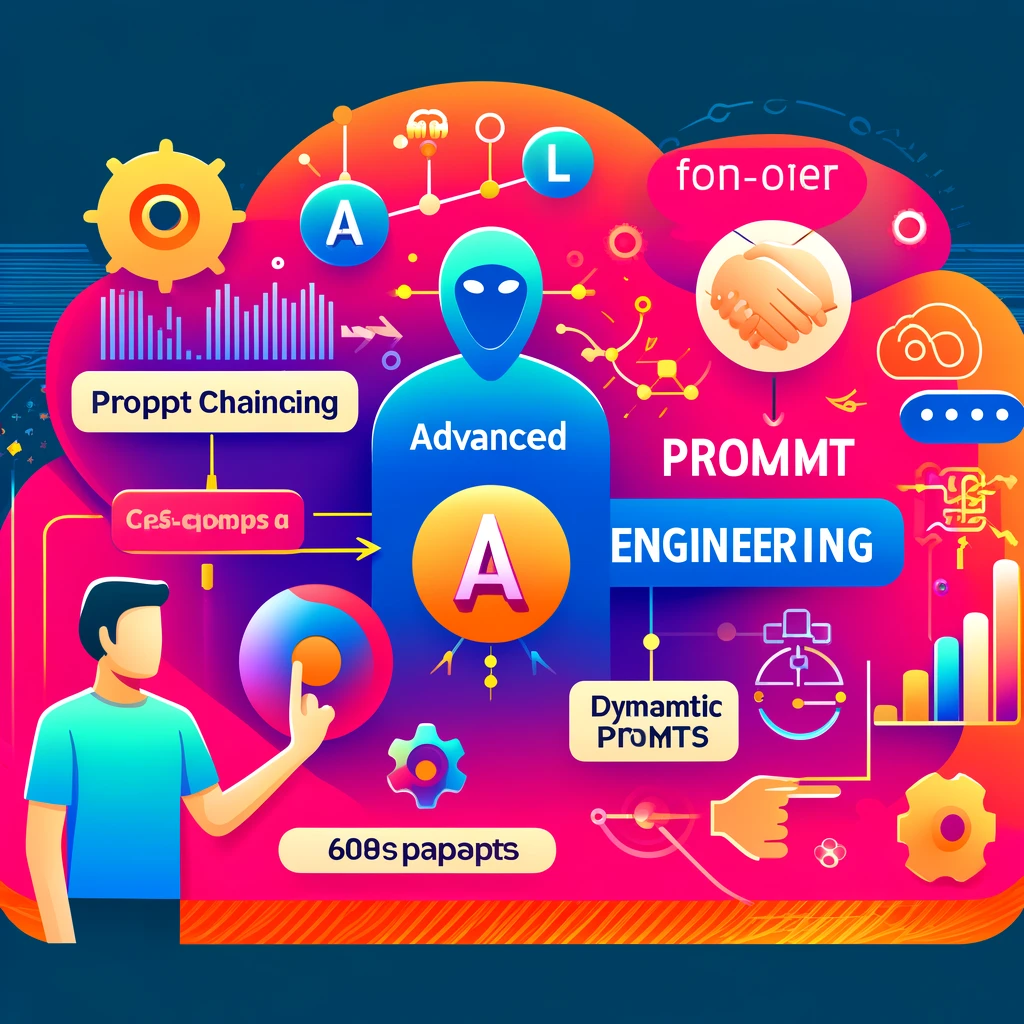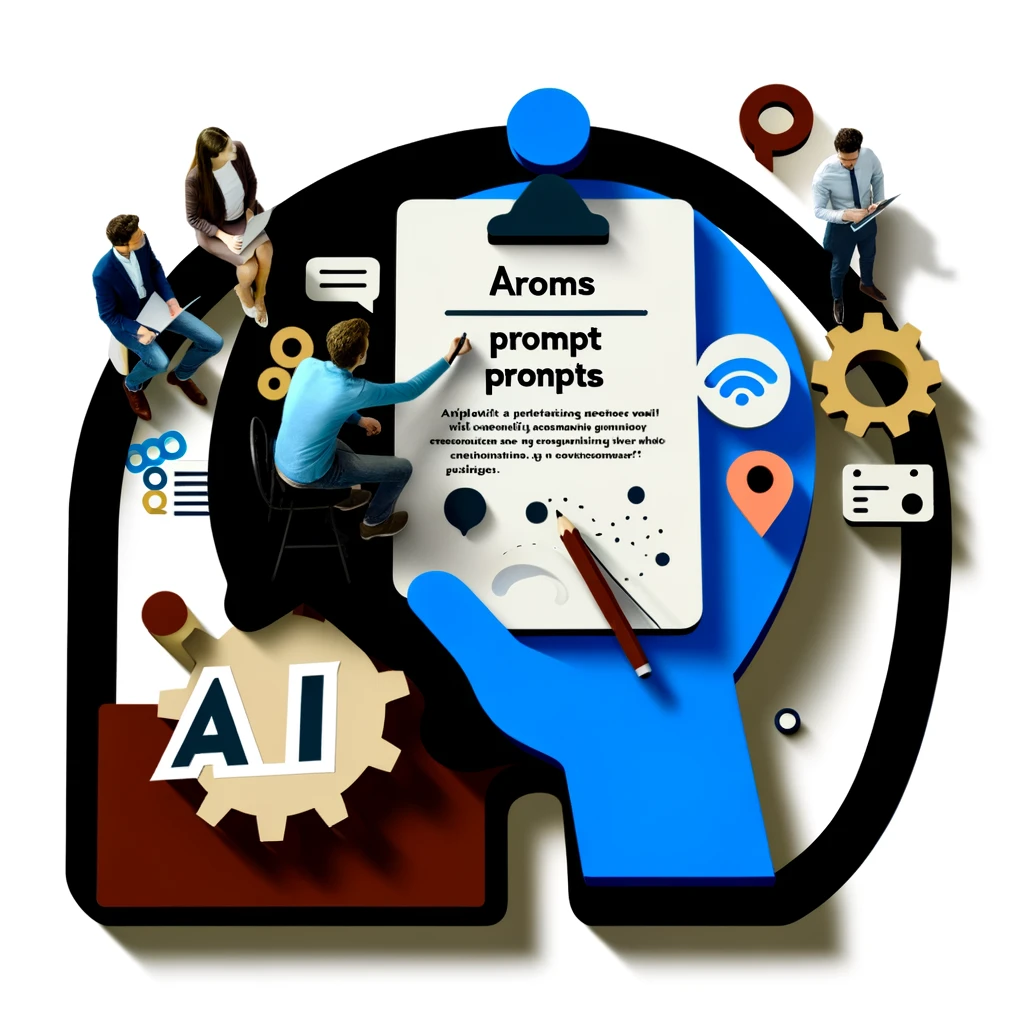
Types of Prompts
Today, we’re exploring the different types of prompts. Each type serves a unique purpose and can be used in various scenarios.
Introduction
Prompts can be categorized into types such as direct, indirect, instructional, and more. Knowing when and how to use each type is key to effective prompt engineering. Each type has its strengths and is suited for different tasks, making it essential to understand their nuances.
Types of Prompts
Here are some common types of prompts and their applications:
- Direct Prompts: Provide clear, specific instructions to the AI. These prompts leave little room for ambiguity, ensuring that the AI understands exactly what is required. They are ideal for straightforward tasks where precision is critical.
- Indirect Prompts: Offer more subtle guidance, allowing the AI to infer more from the context. These prompts are useful when you want the AI to demonstrate a broader understanding of the context or when the exact wording of the prompt is not crucial.
- Instructional Prompts: Give step-by-step instructions to guide the AI’s response. These are particularly useful for complex tasks that require a series of actions or detailed explanations.
- Contextual Prompts: Provide background information that helps the AI generate a relevant response. These prompts are essential when the task depends heavily on understanding the surrounding context.
- Exploratory Prompts: Encourage the AI to generate creative or open-ended responses. These are great for brainstorming sessions or when you want to explore a range of possibilities.
- Conditional Prompts: Instruct the AI to perform an action based on certain conditions. These prompts are useful for decision-making scenarios or when specific criteria need to be met.
Example Prompts
Let's look at some examples to understand how these types of prompts work in practice:
Direct Prompt: "Translate this sentence to French: 'Hello, how are you?'"
Indirect Prompt: "Can you help me with something? I need this sentence in French: 'Hello, how are you?'"
Instructional Prompt: "First, identify the English sentence. Then, translate each word into French, ensuring proper grammar and syntax."
Contextual Prompt: "In a conversation between two friends meeting after a long time, translate the phrase 'Hello, how are you?' to French."
Exploratory Prompt: "Write a short story starting with the phrase 'Once upon a time in a faraway land...'"
Conditional Prompt: "If the weather forecast predicts rain, suggest indoor activities. Otherwise, suggest outdoor activities."
Advanced Techniques
As you become more comfortable with using basic prompt types, consider incorporating advanced techniques to enhance your prompts:
- Chaining Prompts: Break complex tasks into a series of smaller, interconnected prompts. For example, "First, describe the setting of the story. Then, introduce the main character."
- Dynamic Prompting: Adjust the prompt based on the AI's previous responses to create a more interactive experience. For instance, "Based on the information provided in the previous response, explain how it impacts the plot."
- Multi-step Prompts: Use multiple prompts in succession to guide the AI through a more complex task. For example, "Step 1: List the main features of renewable energy. Step 2: Explain how each feature benefits the environment."
Chaining Prompts
Chaining prompts involves breaking down complex tasks into a series of smaller, interconnected prompts. This method helps the AI process information step-by-step, ensuring each part of the task is addressed thoroughly. By structuring your prompts in a logical sequence, you can guide the AI to build upon its previous responses, creating a cohesive and comprehensive final output.
How to Implement Chaining Prompts:
- Identify the Main Task: Break down the primary task into smaller, manageable components.
- Create Sequential Prompts: Develop a series of prompts that guide the AI through each component in order.
- Link Responses: Use the output from one prompt as the context or input for the next prompt.
Example:
Task: Write a detailed short story.
- Prompt 1: "Describe the setting of the story, including the time period and location."
- Prompt 2: "Introduce the main character and provide a brief background."
- Prompt 3: "Outline the main conflict the character faces."
- Prompt 4: "Describe the climax of the story where the conflict reaches its peak."
- Prompt 5: "Conclude the story by resolving the conflict and describing the aftermath."
Dynamic Prompting
Dynamic prompting adjusts the prompt based on the AI's previous responses to create a more interactive and adaptive experience. This technique allows for real-time refinement and redirection, making the AI's responses more relevant and coherent.
How to Implement Dynamic Prompting:
- Initial Prompt: Start with a broad question or task to gauge the AI's initial response.
- Evaluate the Response: Assess the AI's output for relevance and accuracy.
- Refine the Prompt: Modify the subsequent prompt based on the previous response to narrow down or expand the scope.
Example:
Task: Explore the impact of a technological innovation.
- Initial Prompt: "Describe the main features of blockchain technology."
- Follow-up Prompt: "Based on the features you described, explain how blockchain can enhance security in financial transactions."
- Further Refinement: "Discuss potential challenges and limitations of implementing blockchain technology in banking."
Multi-step Prompts
Multi-step prompts involve using multiple prompts in succession to guide the AI through a more complex task. This approach is particularly useful for projects that require detailed analysis, multi-faceted responses, or step-by-step instructions.
How to Implement Multi-step Prompts:
- Define Each Step: Clearly outline each step required to complete the overall task.
- Sequential Prompts: Create a prompt for each step, ensuring that each one builds on the previous.
- Iterative Refinement: Continuously refine and adjust prompts based on the AI's responses to maintain focus and relevance.
Example:
Task: Analyze the environmental impact of renewable energy sources.
- Step 1: "List the main types of renewable energy sources."
- Step 2: "For each type, explain how it generates energy."
- Step 3: "Discuss the environmental benefits of using renewable energy compared to fossil fuels."
- Step 4: "Identify potential environmental drawbacks or challenges associated with renewable energy."
- Step 5: "Propose solutions to mitigate the environmental challenges of renewable energy."
Conclusion
By incorporating these advanced techniques into your prompt engineering practice, you can create more precise, interactive, and comprehensive prompts. This will not only improve the quality of the AI's responses but also enhance your ability to leverage AI for complex tasks and projects. Keep experimenting with chaining, dynamic prompting, and multi-step prompts to find the best approach for your specific needs.

Principles of Effective Prompt Writing
Discover the principles of effective prompt writing. Learn tips and strategies for creating clear, concise, and contextually relevant prompts for AI systems.
View
Structure of Prompts
Learn about the structure of prompts and how to construct effective instructions for AI systems. Understand the components of a well-crafted prompt.
View


